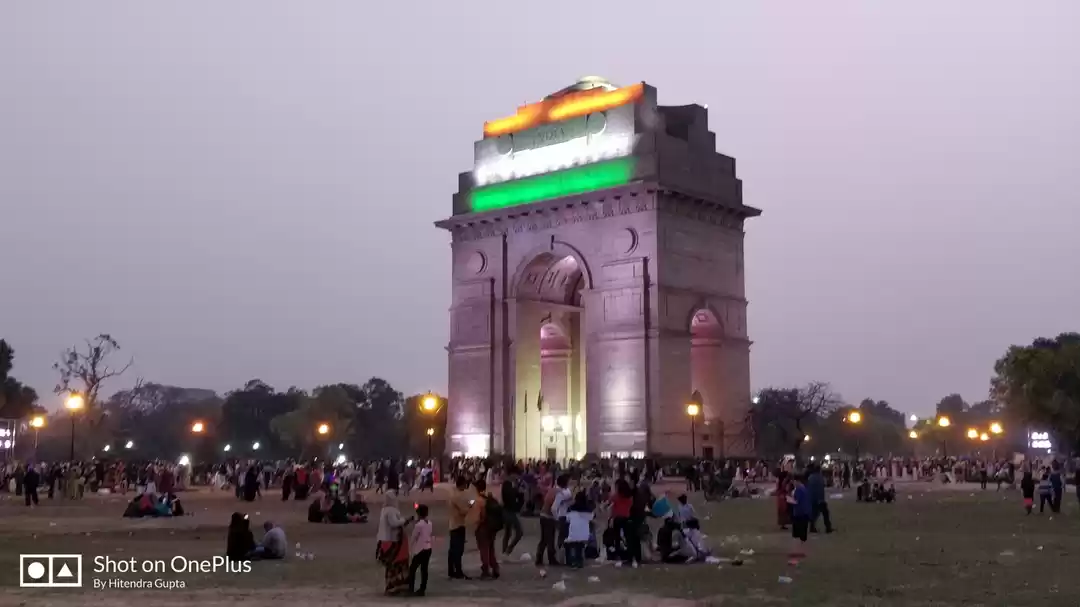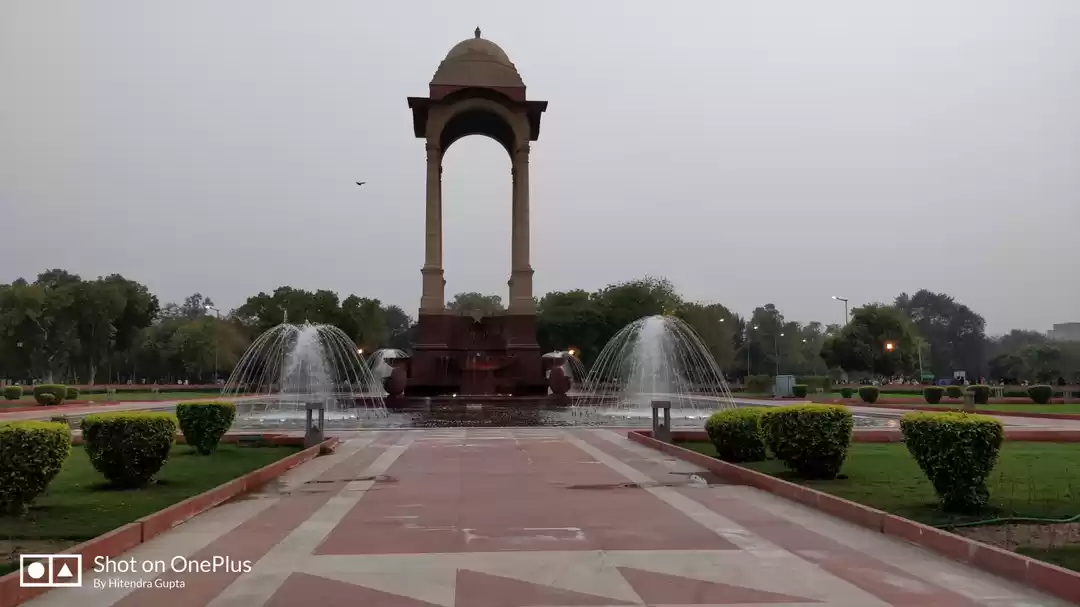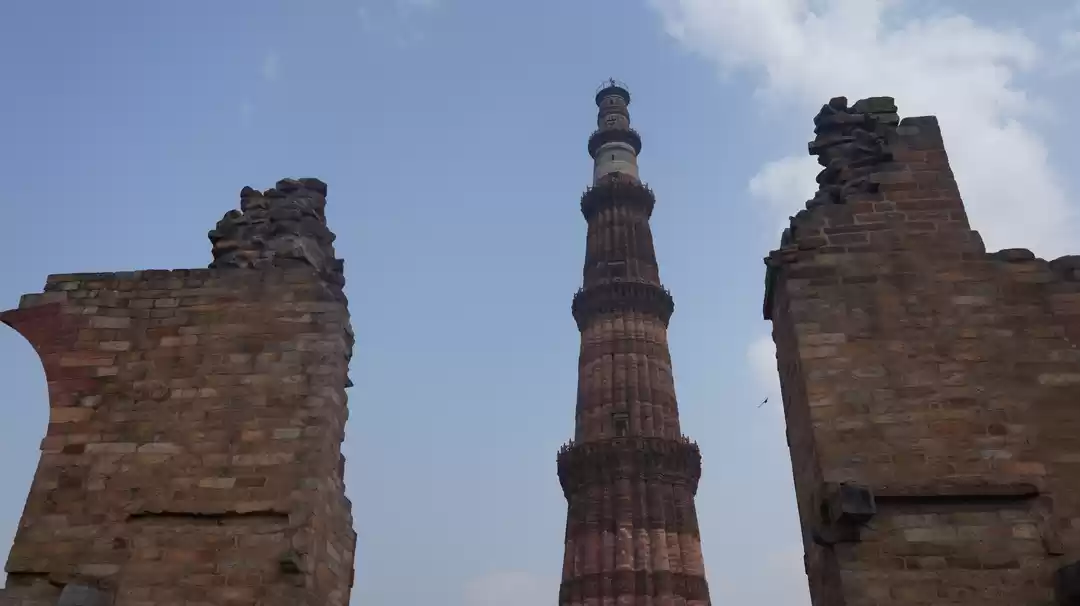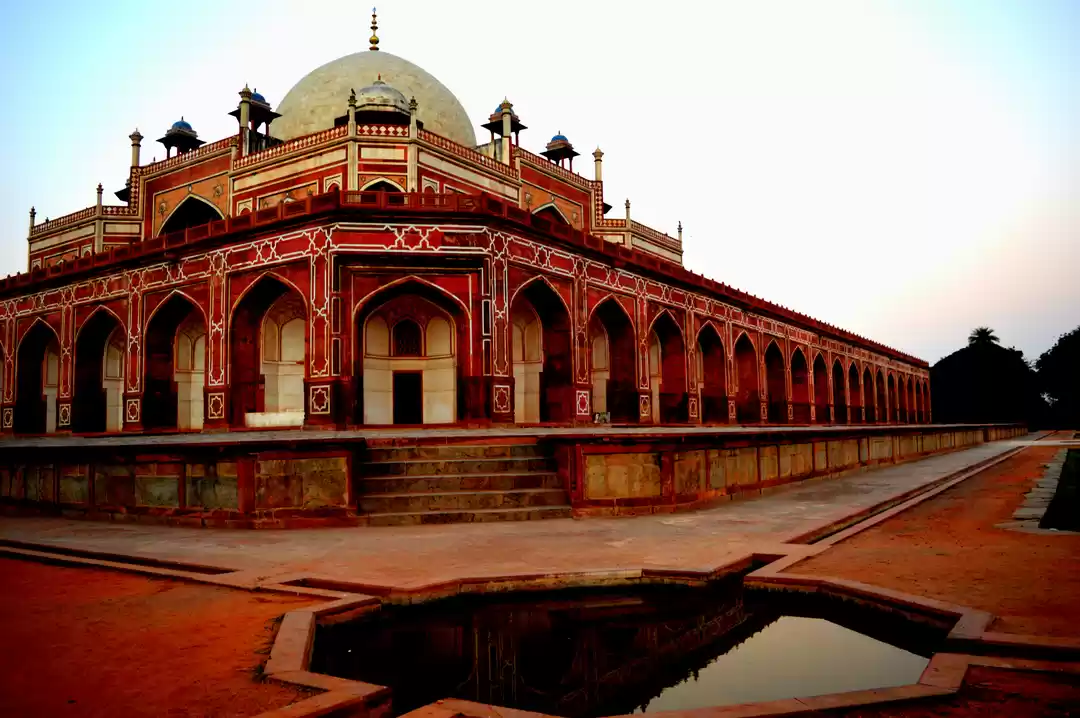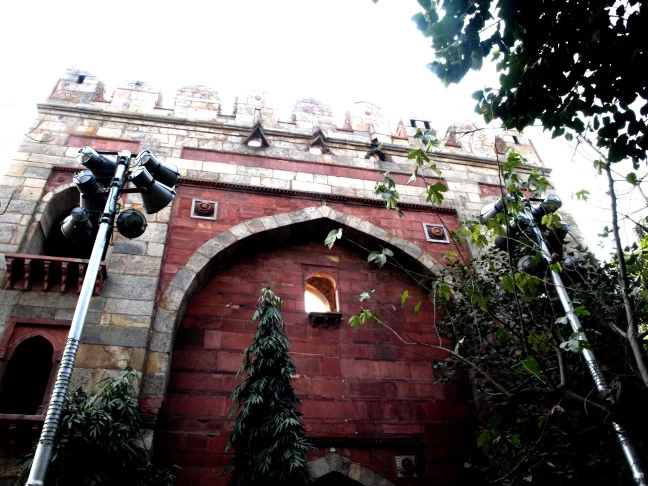




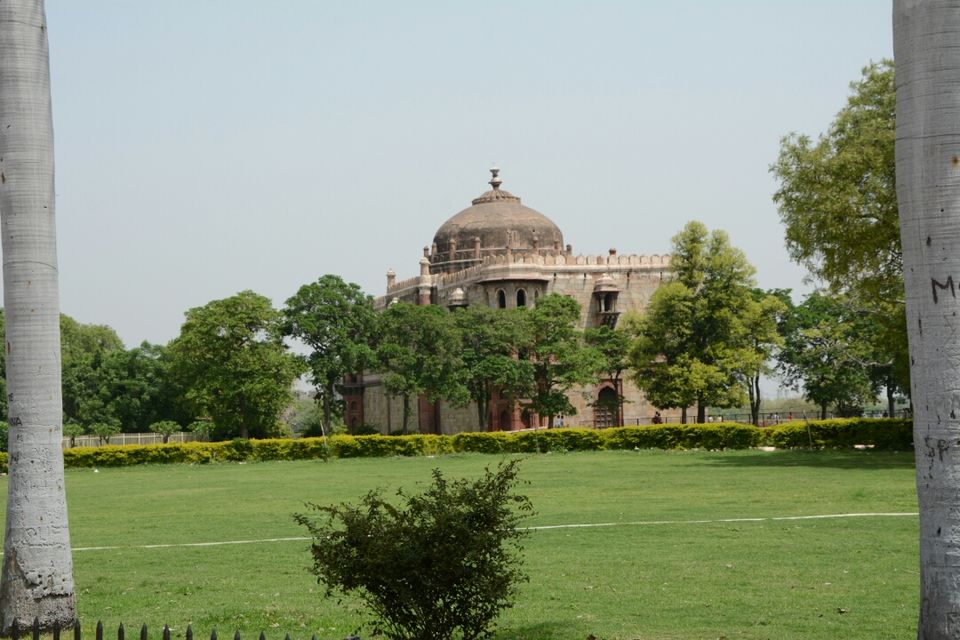
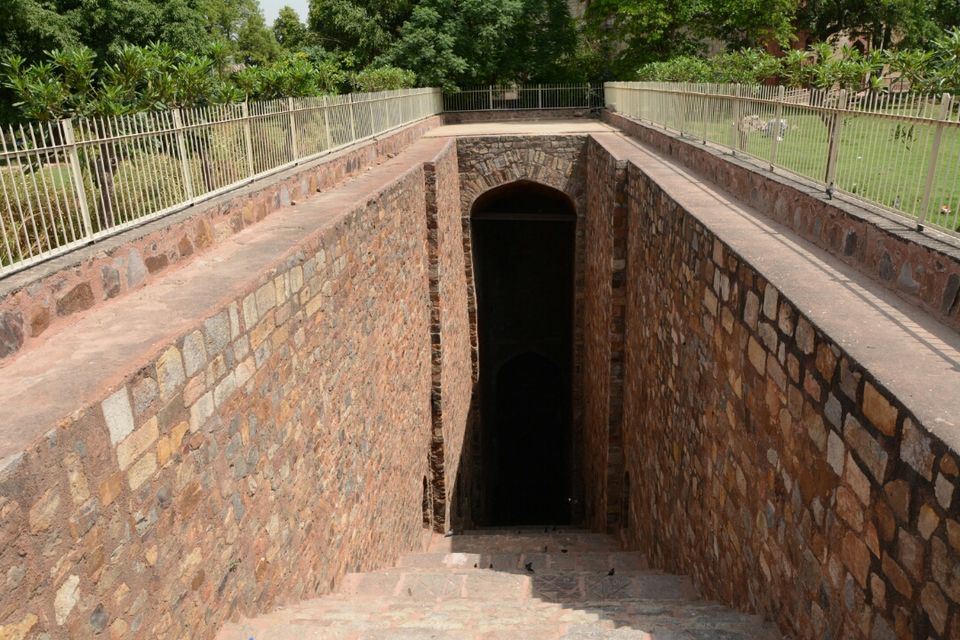
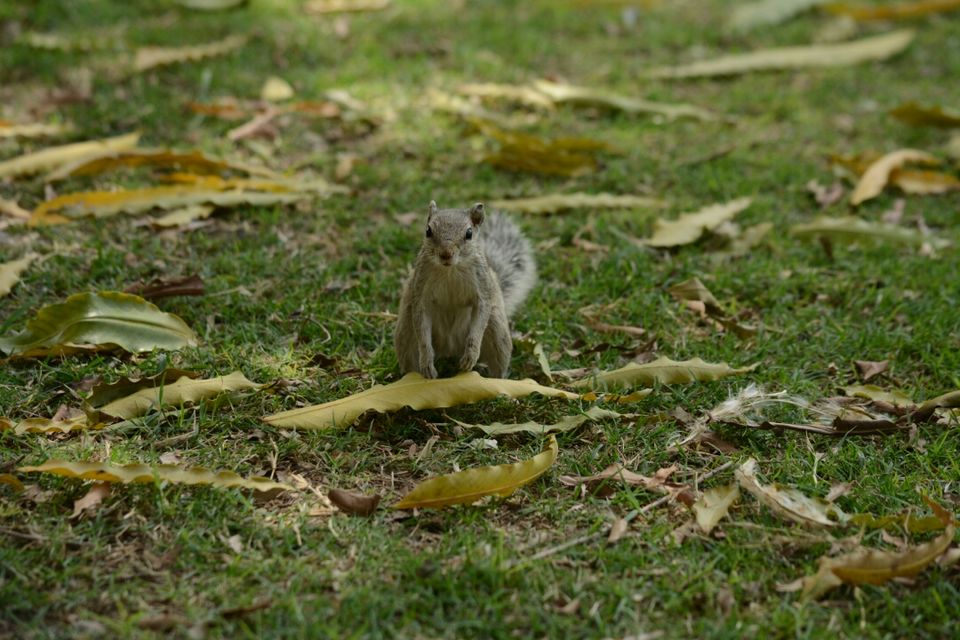








Purana Qila (Hindi: पुराना क़िला, Urdu: پُرانا قلعہ, translation: Old Fort), is one the oldest forts in Delhi. Its current form was built by the Afghan king Sher Shah Suri, on a site which was perhaps that ofIndraprastha, the legendary capital of the Pandavas. Sher Shah raised the citadel of Purana-Qal'a with an extensive city-area sprawling around it. It seems that the Purana-Qal'a was still incomplete at Sher Shah's death in 1545, and was perhaps completed by his son Islam Shah , although it is not certain which parts were built by whom. Indraprastha is said to be founded by the Pandavas on the banks of the perennial river Yamuna, which would date the site back 5000 years. A Kunti Temple inside the Qila also exists, which is believed to be the place where Kunti, the mother of the Pandavas lived. Consequently, the fort is considered by some to be 'the first city of Delhi'. Researchers now confirm that until 1913, a village called Indrapat existed within the fort walls. Excavations carried out by Archaeological Survey of India (ASI) at Purana Quila in 1954-55 (trial trenches) and again 1969-1973 by its Director, B B Lal have unearthed Painted Grey Ware dating 1000 B.C., and with a continuous cultural sequence from Mauryan to Mughal through Shunga, Kushana, Gupta, Rajput and Sultanate periods, confirming the antiquity of the site.
Source- Wikipedia










